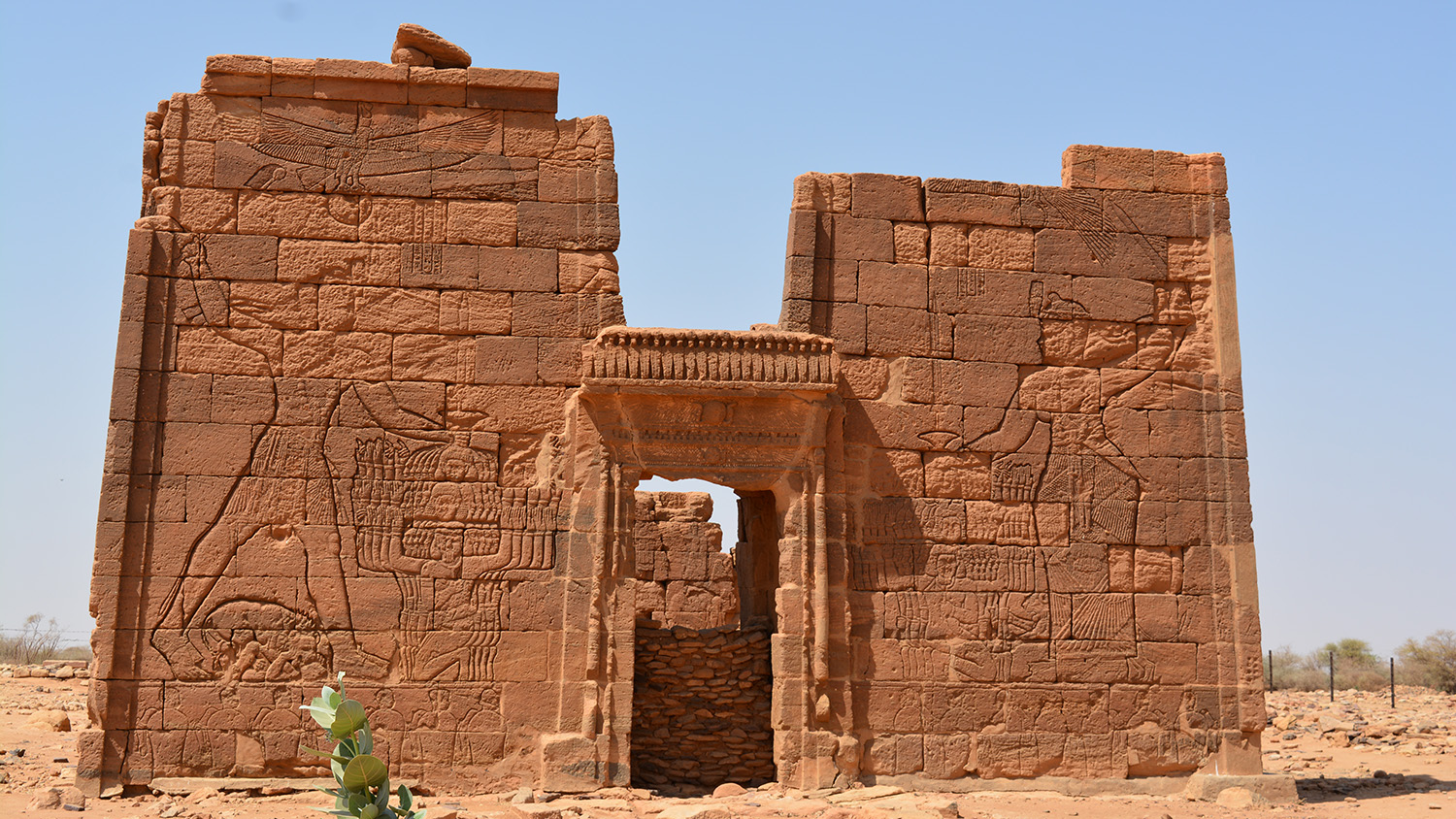ARCE-PA Lecture
From the Green Sahara to Kushite Pharaohs
Penn Museum, Classroom L2
Saturday, May. 11, 3:30 pm - 4:30 pm ET
ARCE Members Free | $10 General | $7 Museum Members, Faculty & Staff | $5 Students | 12 & Under Free

The American Research Center in Egypt, Pennsylvania Chapter, aims to educate the citizens of Pennsylvania and the greater Philadelphia region about the culture and history of Egypt from the ancient through Islamic Periods.
Egyptologists have for a long time seen Egypt as isolated along the Nile and a “civilizing” force that drove developments in Nubia. But the archaeological evidence for the “green Sahara” (ca. 12,000–3500 BCE) has led to an increasing realization that ancient Nubia and Egypt have common origins in a pastoral complex that thrived in what is today barren desert across a wide swath of northeast Africa. People and cultures intermingled, creating related but still distinctive groups who shared sets of symbolic resources and cultural practices across the region in the grasslands that are now desert and along the Nile.
Two great African traditions, Nubian and Egyptian, began to differentiate with the formation of the Pharaonic and early Kushite states as the rains marched southwards into the Sahel. But Nubians and Egyptians remained in constant contact, sometimes as rivals, sometimes as partners or allies. These entanglements and mutual influences deepened during the New Kingdom Egyptian empire and in its aftermath with the rise of the Kushite Dynasty. Dr. Stuart Tyson Smith will discuss this changing picture of Nubian and Egyptian origins and long history of intercultural exchange using evidence from archaeological work at Tombos and other sites at the Third and Fourth Cataracts.
Light refreshments at 3:00 pm.
About the Speaker
Stuart Tyson Smith, Ph.D., is a professor of anthropology at the University of California, Santa Barbara. He co-directs the Tombos Archaeological Project located at the Third Cataract of the Nile River in modern-day Sudan. He has published on the dynamics of Egyptian imperialism and royal ideology; the use of sealings in administration, death, and burial; and the ethnic, social, and economic dynamics of interaction between ancient Egypt and Nubia. He recently co-edited Origins and Afterlives of Kush, a special issue of the Journal of Ancient Egyptian Interconnections. In a new line of research, Smith applies a postcolonial critique to modern views of ancient Egypt as not truly African and Nubia as its subordinate.



